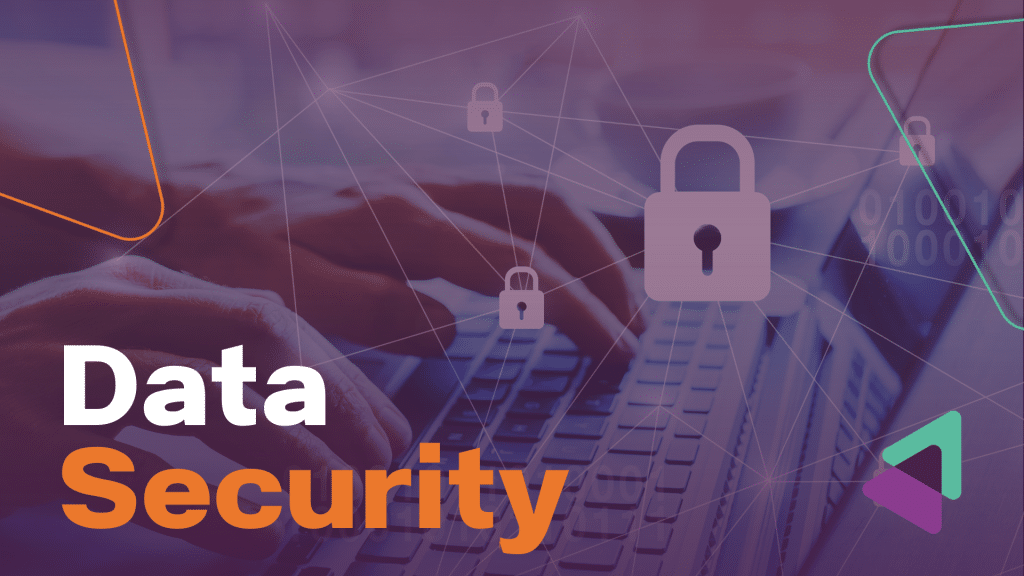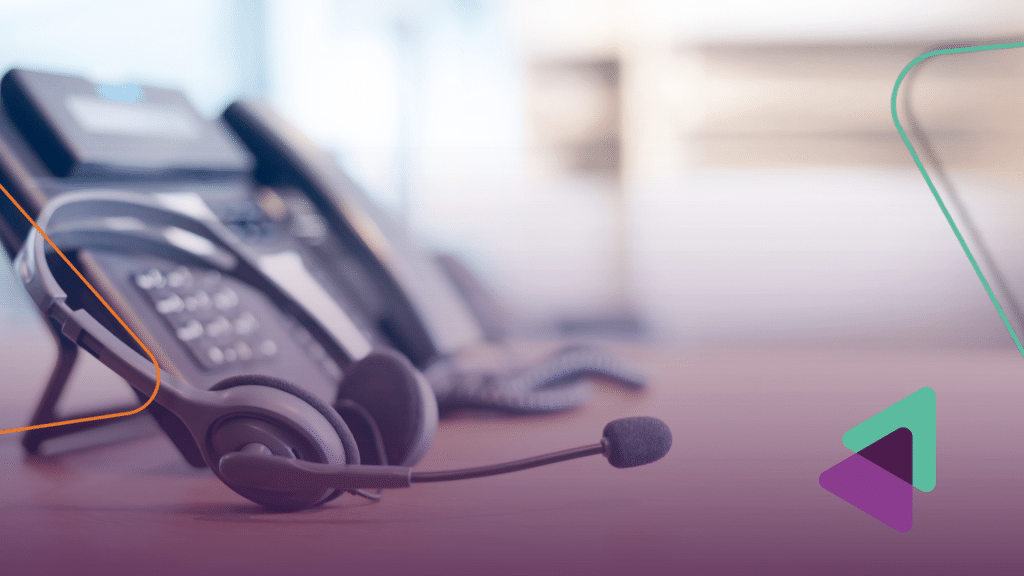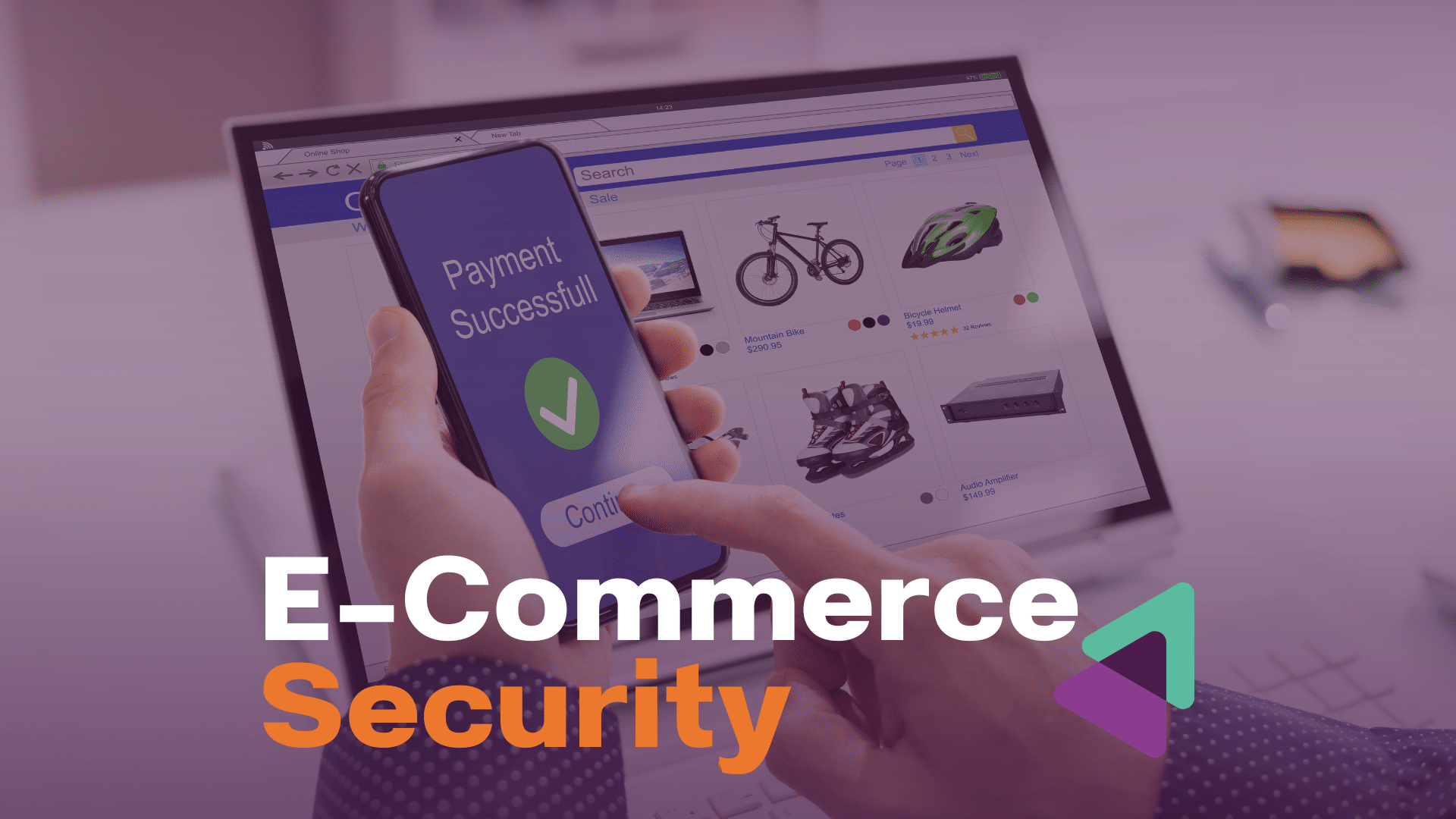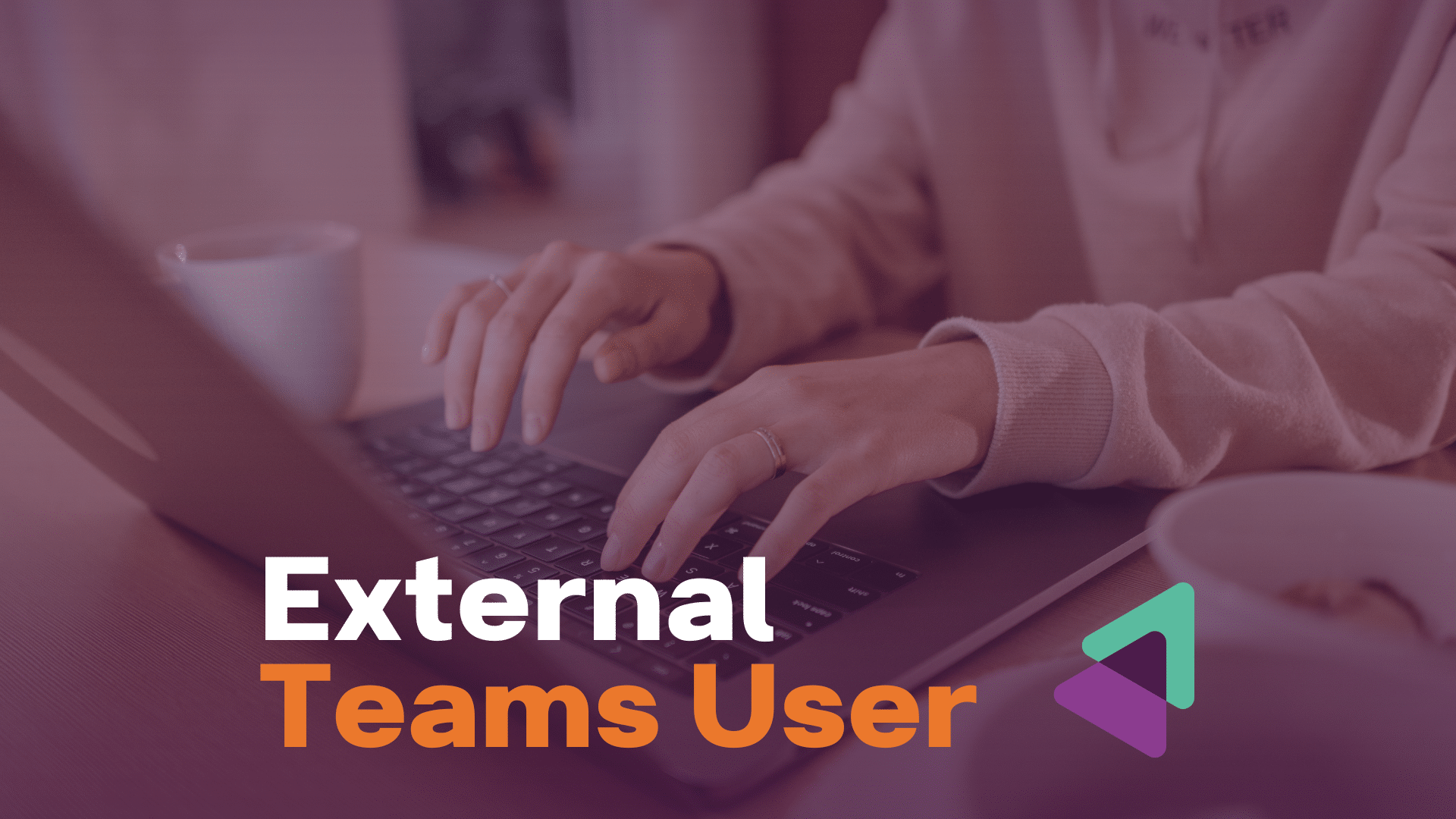
Understanding And Overcoming IT Support Challenges In Business
Voice over Internet Protocol (VoIP) technology has revolutionised business communication, offering cost-effective, scalable, and versatile solutions.
However, adopting VoIP also introduces unique security challenges that must be addressed to protect sensitive data and ensure reliable communication.
Here, we will give you an overview of VoIP data security, highlighting its importance, current security measures, and best practices for businesses to safeguard their VoIP systems.
Why Is VoIP Security Important?
VoIP security is critical for several reasons. First, VoIP systems are vulnerable to many of the same threats that affect traditional data networks, such as eavesdropping, phishing, malware, and denial of service (DoS) attacks.
The nature of VoIP, which involves transmitting voice data over the Internet, makes it susceptible to interception by cyber criminals who can exploit unsecured networks to steal confidential information.
Secondly, any compromise in VoIP security can disrupt business operations. If a VoIP system is attacked, it can lead to service outages, degraded call quality, and loss of customer trust.
This disruption can have significant financial implications, including lost revenue and increased costs for remediation and recovery.
Lastly, regulatory compliance is another critical aspect. Many industries are subject to strict data protection regulations, such as the EU’s General Data Protection Regulation (GDPR).
Failure to secure VoIP communications can result in non-compliance, leading to hefty fines and legal repercussions.
Therefore, robust VoIP security is essential to protect sensitive data, maintain operational continuity, and comply with regulatory requirements.

How Secure Is A VoIP Phone For Businesses?
The security of a VoIP phone largely depends on implementing proper security measures.
VoIP phones can be highly secure if configured and managed correctly. Encryption is one of the primary methods used to protect VoIP communications.
By encrypting voice data, businesses can ensure that conversations remain confidential and protected from eavesdropping.
Protocols such as Secure Real-Time Transport Protocol (SRTP) and Transport Layer Security (TLS) are commonly used to encrypt VoIP traffic.
Additionally, authentication mechanisms play a crucial role in VoIP security. Strong authentication methods, such as multi-factor authentication (MFA), help verify the identities of users and devices, preventing unauthorised access to the VoIP system.
Regular updates and patches are also essential to address vulnerabilities in VoIP software and hardware, reducing the risk of exploitation by cybercriminals.
Despite these security measures, VoIP phones can still be vulnerable if not properly maintained.
Businesses must ensure that their VoIP infrastructure is continuously monitored for potential threats and anomalies.
Implementing firewalls, intrusion detection systems (IDS), and intrusion prevention systems (IPS) can provide additional layers of protection.
Overall, while VoIP phones can be secure, businesses must be proactive in implementing and maintaining comprehensive security practices.
How Does VoIP Affect Network Security?
VoIP technology can have significant implications for network security.
Integrating VoIP into a business’s network infrastructure introduces additional points of vulnerability that must be managed.
VoIP traffic, which typically includes voice and signalling data, can consume substantial bandwidth, potentially impacting the performance and security of other network services if not properly managed.
One of the primary concerns with VoIP is the potential for network congestion and latency.
VoIP requires real-time transmission of voice data, and any delay or packet loss can degrade call quality.
To mitigate this, businesses must implement Quality of Service (QoS) mechanisms to prioritise VoIP traffic over other types of data.
This ensures that voice communications remain clear and uninterrupted, even during periods of high network usage.
Another security concern is the risk of VoIP-related attacks, such as DoS and distributed denial of service (DDoS) attacks.
These attacks can overwhelm a network with excessive traffic, disrupting VoIP services and other critical network functions. To defend against these threats, businesses should deploy robust security measures, including firewalls, anti-DDoS solutions, and regular network traffic monitoring.
Furthermore, VoIP systems often involve various components, such as VoIP phones, gateways, servers, and softphones, each with its own potential vulnerabilities.
Ensuring that all devices and software within the VoIP infrastructure are secure is crucial to maintaining overall network security.
Regular security assessments, penetration testing, and adherence to security best practices can help identify and mitigate potential risks.
You may also like: What Is A VoIP Service Provider?
What Protocol Protects VoIP?
Several protocols are designed to protect VoIP communications, each serving a specific function in ensuring the security and integrity of voice data.
Secure Real-Time Transport Protocol (SRTP) and Transport Layer Security (TLS) are two of the most important protocols.
SRTP is an extension of the Real-Time Transport Protocol (RTP), which is used to deliver audio and video over IP networks.
SRTP enhances RTP by providing encryption, message authentication, and integrity, ensuring that voice data remains confidential and protected from tampering during transmission.
By encrypting the voice packets, SRTP prevents eavesdroppers from intercepting and understanding the conversations.
TLS, on the other hand, is used to secure the signalling component of VoIP communications.
Signalling protocols, such as Session Initiation Protocol (SIP), are responsible for setting up, managing, and terminating VoIP calls.
TLS encrypts the signalling data, ensuring that sensitive information, such as call setup details and user credentials, is protected from interception and manipulation.
In addition to SRTP and TLS, other protocols such as ZRTP (Zimmermann Real-Time Transport Protocol) and IPsec (Internet Protocol Security) can also be used to secure VoIP communications.
ZRTP, for example, provides end-to-end encryption for RTP without requiring a Public Key Infrastructure (PKI), making it easier to implement in some scenarios.
IPsec, commonly used to secure data at the network layer, can be employed to protect VoIP traffic as it traverses unsecured networks.
By implementing these protocols, businesses can significantly enhance the security of their VoIP systems, ensuring that voice communications remain confidential, authentic, and tamper-proof.
Further reading: What Are The Main Benefits Of Hosted VoIP?
Our Final Word
VoIP technology offers numerous advantages for businesses, but it also introduces unique security challenges that must be addressed to protect sensitive data and maintain reliable communication.
Ensuring the security of VoIP communications is not a one-time effort but an ongoing process that requires vigilance, regular updates, and adherence to best practices.
With the right approach, businesses can enjoy the benefits of VoIP while minimising the risks associated with its use.
If you want to chat more about VoIP for your business, reach out today.








